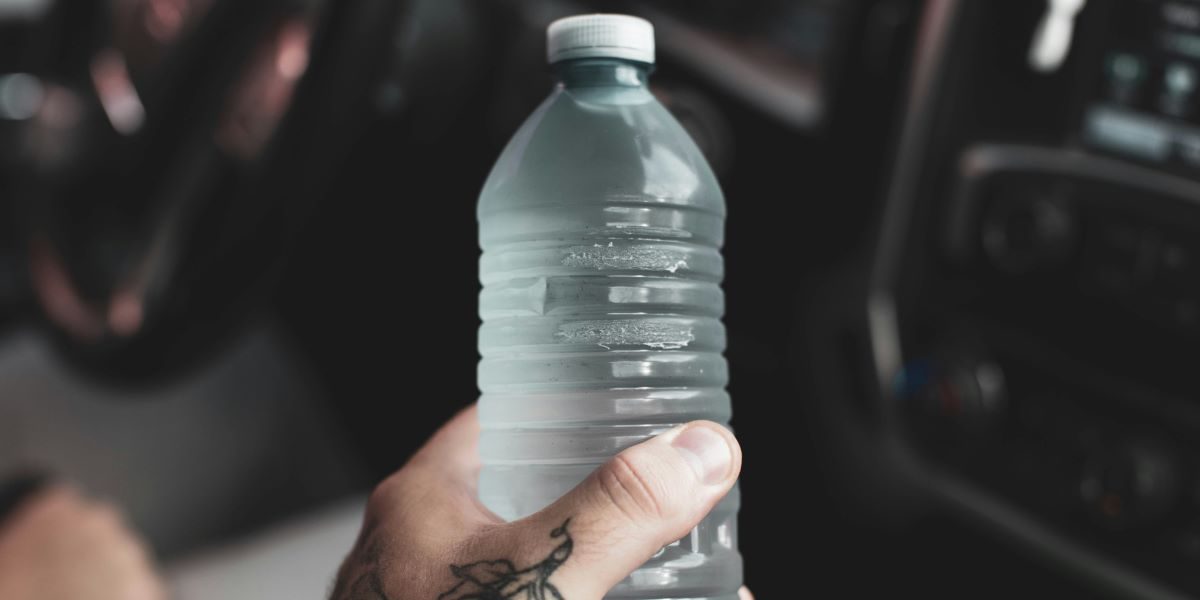Plastic has become an integral part of modern life, woven into virtually every aspect of society. From the food we eat to the technology we use, plastics play an indispensable role in our daily routines. Lightweight, durable, and versatile, these synthetic materials have revolutionized industries, shaped consumer behavior, and transformed lifestyles across the globe.
As we increasingly rely on plastics, we must understand the different types we encounter, their uses, and the environmental challenges they pose. Read on to explore five types of plastic that humanity depends on and examine their roles in shaping modern life.
Polyethylene (PE)
Polyethylene is one of the most widely used plastics in the world, mainly known for its versatility and low cost. Found in everything from plastic bags and containers to children’s toys and pipes, polyethylene is a ubiquitous material in everyday life.
It has various forms, including low-density polyethylene (LDPE) and high-density polyethylene (HDPE), each suited to different applications. Namely, LDPE is used to make soft plastic bags, while HDPE is often found in rigid items like milk jugs and detergent bottles. It resists moisture and chemicals and can be molded into various shapes, making it versatile for packaging, storage, and transportation.
Polyethylene is widely used but is often associated with challenges related to plastic waste. Its lightweight nature can lead to products becoming litter in natural environments, including oceans, where they may impact marine ecosystems.
Polypropylene (PP)
Polypropylene is another incredibly popular plastic known for its durability and resistance to chemicals and heat. It’s used in various products, from food containers and packaging to medical supplies, automotive parts, and textiles.
Polypropylene’s balance of strength and flexibility makes it commonly used for items like reusable containers, automotive bumpers, and clothing fibers, where durability and resilience are essential. Polypropylene is also widely used to produce carpets and clothing fabrics due to its moisture-resistant properties.
Polypropylene is one of the most easily recyclable plastics, making it an attractive option for industries looking to reduce their environmental impact. However, the sheer volume of polypropylene products produced and used worldwide still raises concerns about disposal and the challenges of recycling it effectively.
Polystyrene (PS)
Polystyrene is often seen in the form of Styrofoam, a lightweight, insulating material used in food containers, disposable cutlery, and packaging. Though inexpensive and versatile, polystyrene is one of the most controversial plastics due to its environmental impact. The material is often used in single-use products in landfills or as litter, contributing to the growing plastic waste problem. Polystyrene foam, in particular, is notorious for breaking into small pieces that can easily be carried by the wind or water, making it particularly difficult to clean up in oceans and other ecosystems.
Despite its negative environmental reputation, polystyrene, such as fast food brands and electronics manufacturers, remains popular in industries prioritize cost and convenience. While biodegradable or recyclable alternatives to polystyrene are emerging, the widespread use of this plastic continues to raise questions about sustainability.
Injection Moulding Plastics
One of the most common methods for producing plastic products is plastic injection molding, which involves injecting molten plastic into a mold to form specific shapes. The plastics used in injection molding often blend various materials, such as polystyrene, polypropylene, and nylon, depending on the final product’s desired strength, flexibility, and durability.
Injection molded plastics create everything from automotive parts to consumer electronics, packaging, medical devices, and household appliances. This production method allows for high precision and mass production, making it a cornerstone of the global manufacturing industry. The efficiency and cost-effectiveness of injection molding have led to its widespread use across numerous sectors, driving further dependence on plastics in everyday life.
While injection molded plastics have undeniable advantages, such as creating complex shapes and reducing manufacturing time, the environmental cost of mass production and disposal remains an ongoing challenge.
Published by Iris S.


















